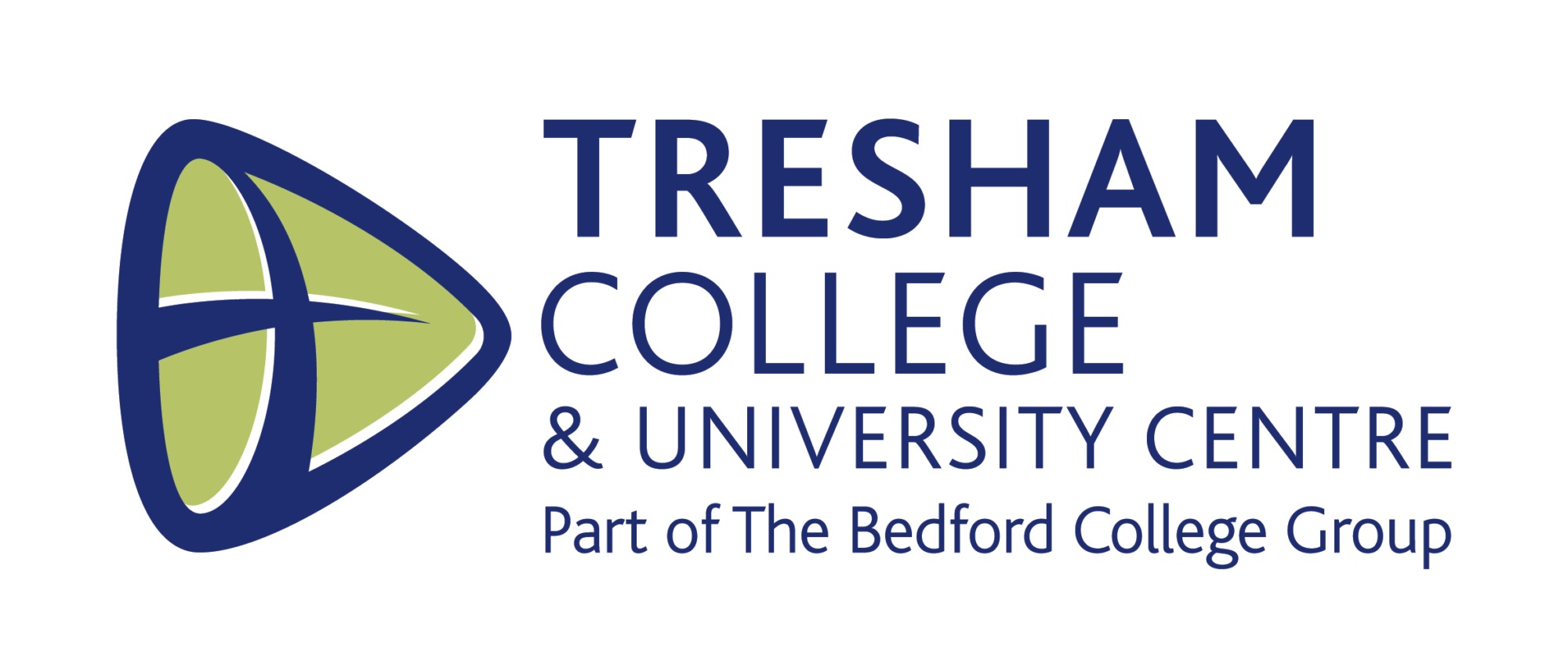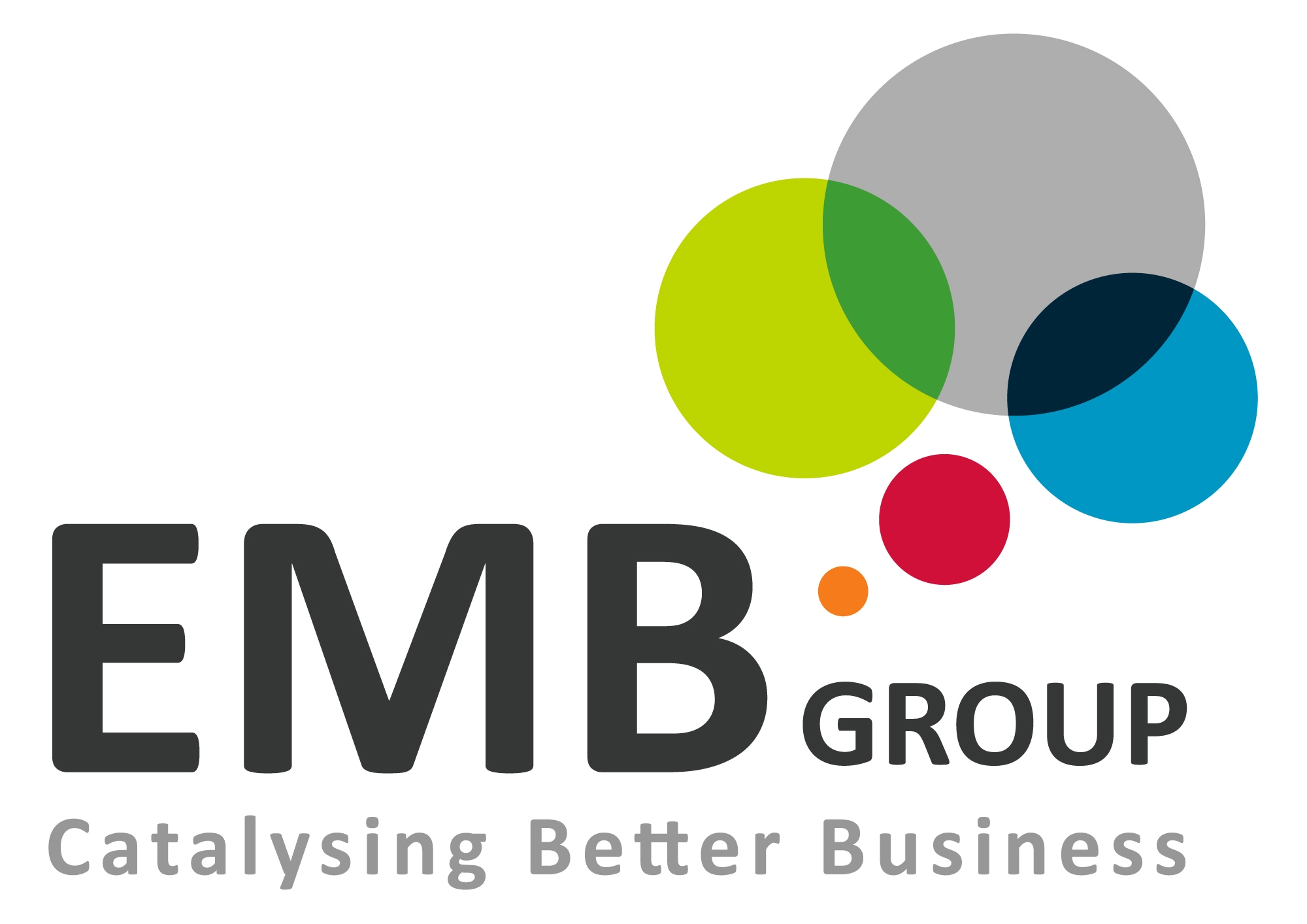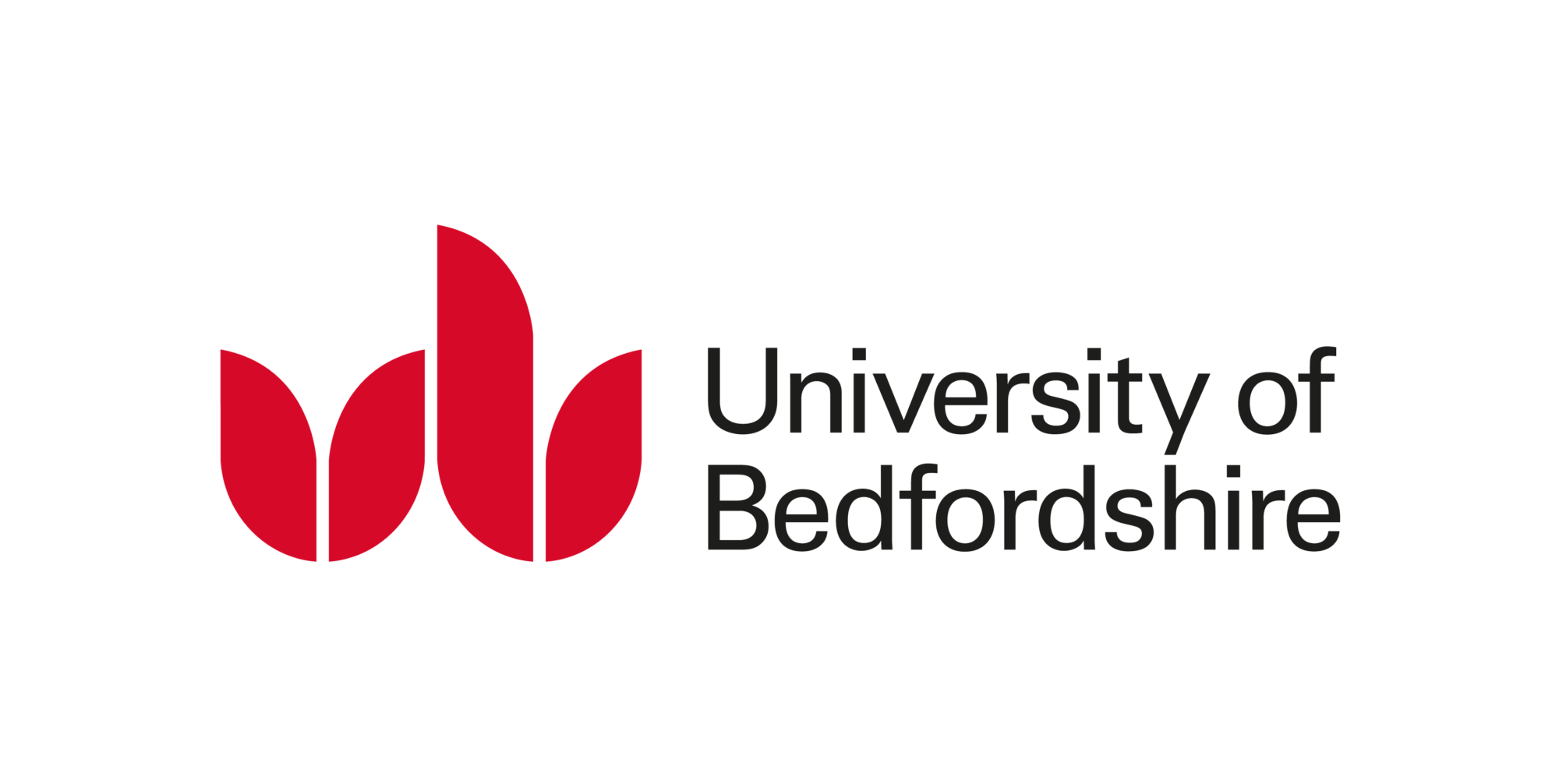

The Death of DEI?
When the US sneezes, the whole world catches a cold. As President Trump enters the White House for his second term in office, many of the world’s biggest companies are scaling back on diversity and inclusion.
These companies include Meta, Amazon, Walmart, Boeing, Ford, and McDonalds. So, let’s start by dismissing the simpleton’s response. These companies aren’t led by right wing Trump enthusiasts. They’re some of the world’s biggest multinationals. Certainly, Trump’s first term saw them increase spend on DEI. Then what’s changed?
The most cited factor is the Supreme Court decision against Harvard University which found race-based affirmative action in college admissions to be unlawful. But this does seem to be providing cover for wide reaching cuts to diversity programs and the role and influence of DEI in organisations. For example, several of those firms mentioned are winding back on supplier diversity policies, and more are publicly disavowing their commitments to external survey and benchmarking organisations.
So, whilst citing the changing legal landscape, these decisions are clearly influenced by something more.
For several organisations, customer pressure has had a major impact. Molson Coors, Harley-Davidson and John Deere all announced rollbacks to DEI in Summer 2024 (before the US election) triggered by customer action.
But these firms have weathered anti-DEI sentiments in the social and political environments before. And they may have stuck it out, had the academic environment not started raising questions too. Foremost amongst these is the challenge to what are almost considered holy texts in DEI – the McKinsey studies on diverse workforces.
Since 2015 these have been cited as THE business case for diversity and inclusion at work. There have always been issues with these; the finding that diverse teams are more likely to outperform homogenous ones has routinely been grossly misinterpreted as will outperform homogenous teams.
But a study published by two leading business professors seems to have reduced the McKinsey studies from foundational texts to what they may well have been all along – shiny marketing material for the consulting sector. Professors Green and Hand tried to replicate the results of the McKinsey studies but were unable to do so. They concluded that there was no evidence to support the argument that diverse teams can be expected on average to outperform homogenous ones.
In isolation, we might be able to condemn the consultancy industry for its largesse and continue with other arguments which make the business case. But two independently written papers [1], [2] into diversity training programs, citing more than 40 studies, both shared the conclusion that some DEI training programs end up exacerbating and entrenching divisions in the workplace.
So, these are the environmental factors that have led to a change of corporate wisdom in the US. But there’s a fundamental factor not discussed in polite circles which is the real reason that these firms are happy to take any backlash from their DEI climbdowns.
Their DEI initiatives have failed to make a positive difference to shareholder value.
So, what does this mean to us in the UK, and you as a DEI practitioner?
Well, it’s always been a question of money. In the UK particularly, we tend to see DEI as part of HR. NI increases are set to raise employment costs for larger employers and larger employers are the ones most likely to have invested in DEI initiatives. I would expect to see savings demanded from HR to counter the impact of this cost increase, and these savings to come from discretionary spending budgets, especially DEI.
DEI teams who have been reliant on studies like McKinsey’s to drive their business case are likely to be in trouble as the pendulum swings away from what some are calling ‘peak DEI’. However, those who have been matching DEI initiatives to business priorities are likely to have more success, as they will be able to evidence impact and return on investment against organisational goals.
Regular readers won’t find this approach to be a surprise. In 2023 I showed you how to build an EDI strategy which is integrated with the organisational strategy and demonstrably tackles commercial challenges, not just social. In November 24 I wrote about adopting a model of constant delivery in DEI, which is much harder to remove and defund than sporadic celebrations.
As we leave ‘peak DEI’, we can certainly expect to see salaries in the profession fall from their peak. But there will be increased opportunities for commercially savvy practitioners who are able to connect DEI through customer, workforce, and organisational strategy.
With employers seeing cost pressures increase in 2025, doing more with less will be crucial to maintaining momentum in DEI. Mobilising internal resources is key to this and will help practitioners gain better understanding of opportunities for DEI to answer specific organisational challenges.
What do you need to do?
Review your business case
The business case for DEI in your organisation must be centred on your organisation. If you can’t make a business case based on your organisation’s unique challenges and strengths, it may as well not exist. Read Creating an EDI Strategy and Plan to learn how to align DEI with commercial needs.
Assemble your team
Bring DEI advocates together from across the organisation to help deliver your strategy. DEI should be a spider web connecting people and ideas across the organisation, not a dictatorial spur of the HR function.
Talk to decision makers
Ask senior leaders what bothers them. This will reveal the problems they need someone to solve. Any initiative (DEI or otherwise) that doesn’t work towards those problems is at risk of being shut down. Anything that can solve them is likely to be of critical importance to the organisation. Taking the scenario I use in Creating an EDI Strategy and Plan, most senior leaders in your organisation don’t give a damn about how many women are in leadership positions, but they give a great many damns about losing female customers to competitor X.
[1] https://aristotlefoundation.org/press-releases/press-release-february-13-2024-diversity-equity-and-inclusion-dei-training-what-does-the-research-tell-us/
[2] https://networkcontagion.us/wp-content/uploads/Instructing-Animosity_11.13.24.pdf


















